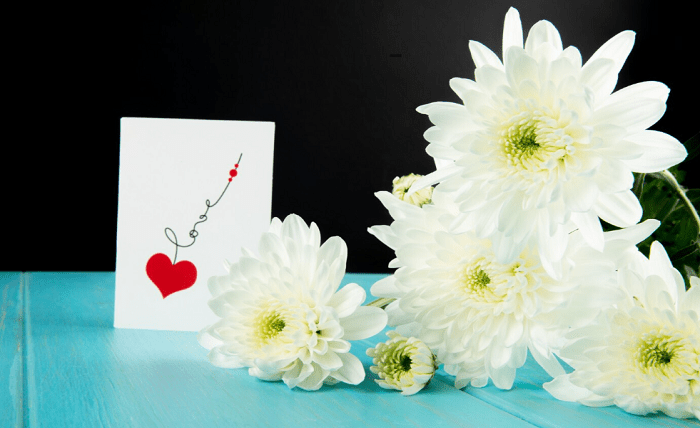In the delicate dance of expressing condolences, sympathy flowers play a poignant and meaningful role. They are silent messengers of compassion and empathy, conveying what words often cannot. Understanding the etiquette surrounding sympathy flowers, from selection to funeral flowers delivery, is akin to learning a subtle and tender language of care. In this guide, we will navigate through the most common questions people have about using flowers to express their sympathy, including aspects like funeral flowers delivery.
Choosing the Right Flowers: A Symbolic Gesture
Understanding the Language of Flowers
Just as words carry meaning, so do flowers, each type embodying a specific sentiment. When selecting sympathy flowers, it’s essential to understand this floral language. Lilies, for instance, symbolize the restored innocence of the soul of the departed, while roses, depending on their color, can convey respect, love, or grief.
Case Study: The Thoughtful Selection
Imagine a scenario where John, intending to express his condolences, chooses white lilies and pink roses. The lilies represent the purity and peace he wishes for the departed soul, and the pink roses express his admiration for the deceased’s kind-hearted nature.
Where and When to Send Sympathy Flowers
Navigating the Timing and Venue
Timing and venue play crucial roles in sympathy flower etiquette. Generally, flowers should be delivered to the funeral home or the location of the memorial service. If you wish to express sympathy directly to the family, sending flowers to their home is also appropriate. The key is to ensure that the delivery aligns with the timing of services or the family’s readiness to receive them.
Case Study: Coordinating with Funeral Services
For example, Sarah coordinates with the funeral home to deliver a floral arrangement for her friend’s service. She ensures the delivery is timed appropriately, so the flowers are present to offer comfort during the service.
Funeral Flowers Delivery: Conveying Respect from Afar
Expressing Condolences When You Can’t Be There
A funeral flowers delivery is particularly significant when you cannot be physically present. It’s a way to bridge distances and let the bereaved know that they are in your thoughts. The process should be handled with care and respect, often through a reputable florist who understands the sensitivities of the occasion.
Case Study: Long-Distance Condolences
Consider Mark, who is overseas when he learns of a relative’s passing. Unable to attend the funeral, he arranges for a floral wreath to be delivered to the service, ensuring his presence is felt through this thoughtful gesture.
Types of Sympathy Flower Arrangements
Varieties to Suit the Message and Occasion
The type of arrangement you choose can vary based on your relationship with the deceased or their family. Traditional choices include wreaths, standing sprays, and casket sprays, each suitable for the funeral home or service. More personal arrangements like bouquets or baskets are often sent to the family’s home.
Case Study: The Personal Touch
Emily, a close friend of the bereaved family, opts for a small, heartfelt bouquet to be sent to their home. This personal gesture provides comfort in a more intimate setting.
Etiquette for Card Messages with Sympathy Flowers
Crafting a Message from the Heart
The card accompanying your sympathy flowers should convey a message of compassion and support. Keep it brief, heartfelt, and respectful. It’s a written embrace, offering solace and solidarity in times of sorrow.
Case Study: A Message that Touches the Heart
When Thomas sends flowers to his colleague’s funeral, he includes a card that reads, “In loving memory of a remarkable person. Your spirit and kindness will always be remembered.”
Conclusion: The Tender Language of Sympathy Flowers
In conclusion, the act of sending sympathy flowers is more than a tradition; it’s a compassionate expression of support, a way to share in the sorrow and offer solace. From choosing the right flowers to crafting a heartfelt message, each step in this process is an opportunity to convey empathy and respect. Whether through a majestic wreath at the funeral service or a delicate bouquet to the bereaved’s home, these floral gestures serve as poignant reminders of love, care, and shared humanity.



